The Artists rendering that I recollect was a rather large delta, with vertical stabs and rudders on the engine nacels, almost reminiscient of an SR-71, but with the addition of canards. It wasn't a picture or a model, but more an design study- artist's rendering among several different design houses, similar to the same in the early to middle stages of ATF, before the YF-22 and YF-23. I was thinking that I had run acoss it recently as I was looking at some early stuff on the ATF, maybe Jeff Head or Bd can help me out? I will look for it because now you have me wondering.Which Pak-Fa drawing?
You are using an out of date browser. It may not display this or other websites correctly.
You should upgrade or use an alternative browser.
You should upgrade or use an alternative browser.
J-20... The New Generation Fighter III
- Thread starter siegecrossbow
- Start date
- Status
- Not open for further replies.
... The canards on the McDonnell aircraft were also fitted with an extreme amount of dihedral to keep turbulent flow off the main wing, so as to keep that airflow attached to the upper wing surface, in order to achieve very high angles of attack, and very quick turn rates without departure of that airflow and disruption of lift.
If I may interject, I'm not sure if I'm reading you correctly or not, but isn't the idea to have the vortices of turbulent - and therefore energized - airflow actually wash over the main wing? Since this increased energy within the airflow is what actually keeps it attached to the wing in high AoA maneuvering.
So when canard & wing are mounted in plane the canards have to have dihedral to make sure the vortices don't hit the wing in the center, but actually wash over it.
But it's not really about keepig the air off the wing in those circumstance, is it?
Some GIFs of the 65th flight. Courtesy of CJDBY and Houshanghai:
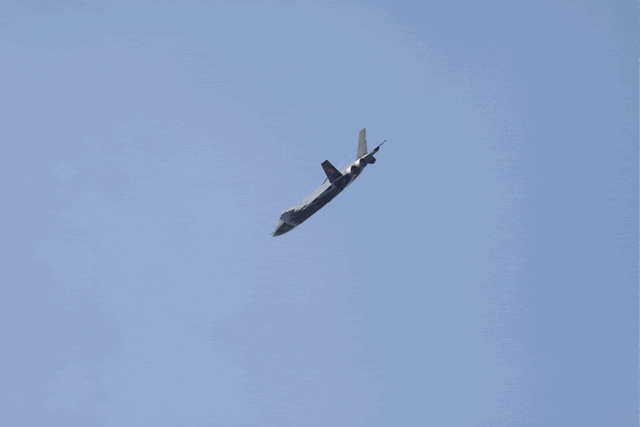
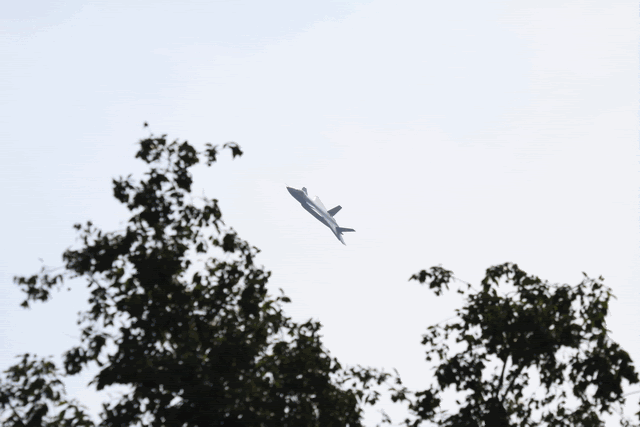
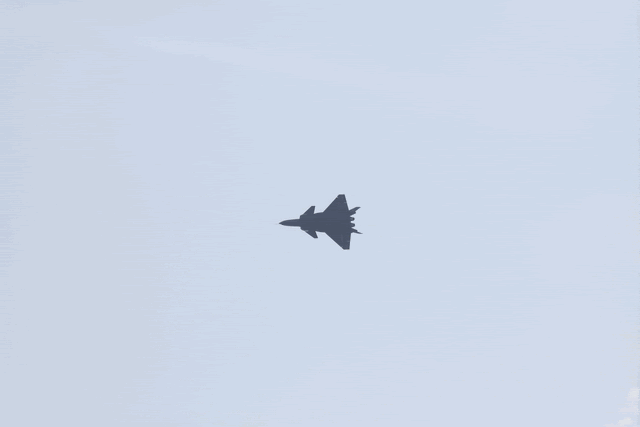
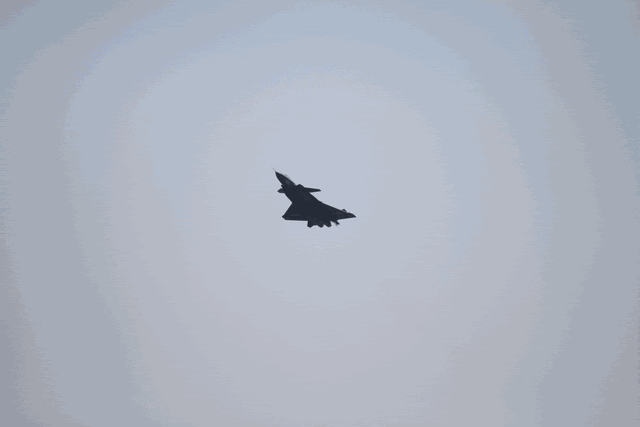
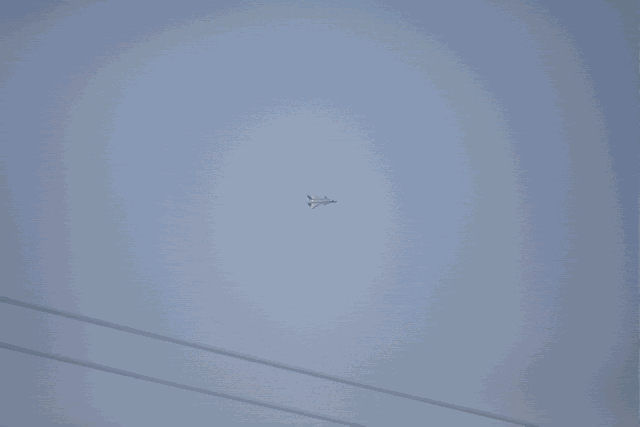
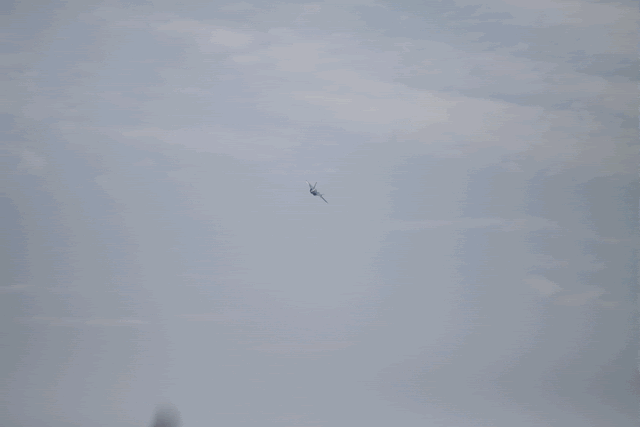






Hyperwarp
Captain
If you check out Gollevainen's Quizz of the week, Jeff Head posted some pictures of an F-15 tech demonstrator that had been fitted with canards and thrust vectoring prior the the ATF.....
This one? (F-15 ACTIVE : PDF - , Images - , )
I wish someone had actually taken a video. Preferably with a tripod.Some GIFs of the 65th flight. Courtesy of CJDBY and Houshanghai:






So, 65 flights...surely they must have gotten some proper data by now
We will probably see a few more prototypes joining the fun next year. Maybe that will be the surprise on January 11th.
Yes sir, that is indeed the one.
Scratch, I'm not an aeronautical engineer, that would be Jeff Heads area of expertise, so no math, or algebra equations etc, but bernoulies principle which states, and I paraphraseIf I may interject, I'm not sure if I'm reading you correctly or not, but isn't the idea to have the vortices of turbulent - and therefore energized - airflow actually wash over the main wing? Since this increased energy within the airflow is what actually keeps it attached to the wing in high AoA maneuvering.
So when canard & wing are mounted in plane the canards have to have dihedral to make sure the vortices don't hit the wing in the center, but actually wash over it.
But it's not really about keepig the air off the wing in those circumstance, is it?
" as the velocity of a fluid increases the pressure drops". As I stated with my understanding, the canards have a very noticible dihedral, this is so the " tip vortices" of the canards, do not interfere with the turbulent boundary layer airflow of the main wing" causing the boundary layer to depart or separate from the upper surface of the wing, causing a stall. This is a "gross oversimplification" I believe that you and I are on the same page, without the canard a rear mounted delta will not generate sufficient control authority with the aft mounted control surface to generate the high AOA necessary to play the ACM game, given the high level of all the players. The air over the upper surface of the wing is accelerated in relation to the air over the bottom surface of the wing, causing the air pressure on top of the wing to be lower than the air pressure beneath the wing creating lift, when you create lift, you also create drag, hence you bleed airspeed at high angles of attack. If you look at modern fighter aircraft of a conventional planform, they all have strakes from the leading edge of the wing toward the nose of the aircraft, this also creates lift and helps keep airflow attached at high angle of attack. I pointed out the active Eagle simply to illustrate how long the high dihedral had been a part of canard installations on jet fighters. As Jeff could explain with cad/cam there is an almost infinite combination of wing shapes and blends to achieve the flight characteristics you desire. Bax
I wish someone had actually taken a video. Preferably with a tripod.
turn, roll, cobra, what is this, private airshow?
lucky wall climbers
- Status
- Not open for further replies.
